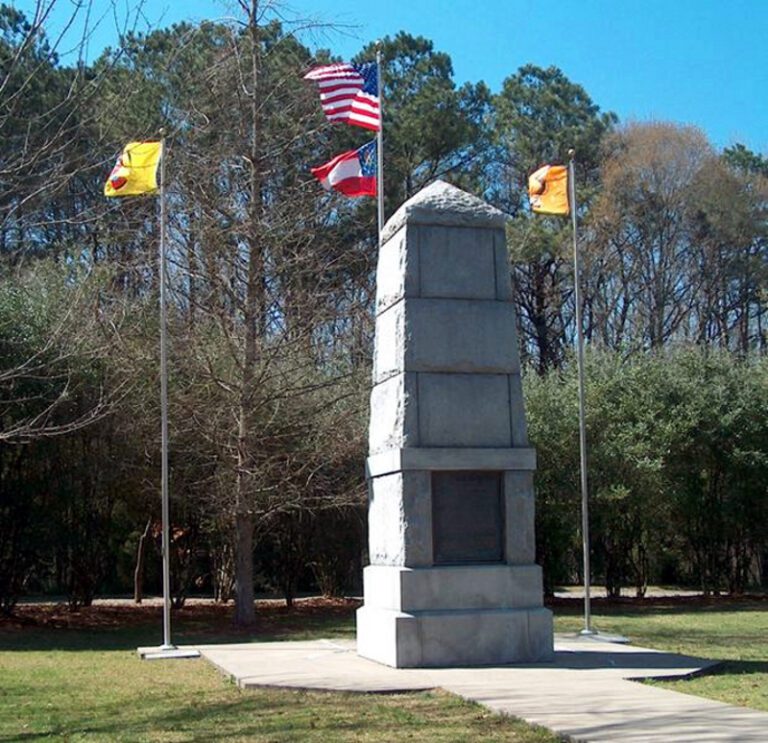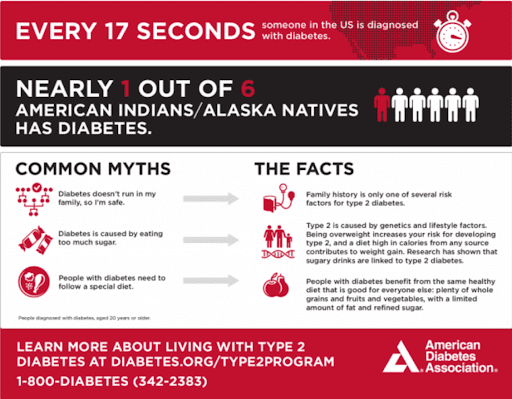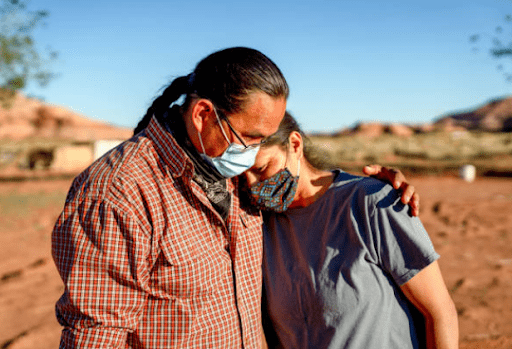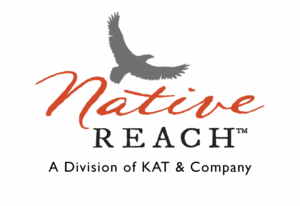Native American and Alaska Native (AI/AN) communities continue to face persistent health disparities rooted in historical trauma, structural inequality, and limited access to quality care. These disparities are evident in higher rates of chronic illness, shorter life expectancy, and increased mental health and substance use challenges compared to the general population.
Table of Contents
Understanding the Roots: Historical and Structural Trauma
To address today’s AI/AN health disparities, we first need to acknowledge the impact of historical trauma. Native communities have endured generations of federal policies that disrupted cultural lifeways, removed people from ancestral lands, and undercut traditional systems of health and wellbeing. Here are a few ways that have been seen throughout history:
- The Indian Removal Act of 1830 forcibly displaced thousands of Native people from their homelands, disrupting food systems, community structures, and spiritual practices. Many tribes became dependent on the federal government for food, healthcare, and housing, conditions that persist in various forms today.
- In the late 19th century many AI/AN families were required to send their children to boarding schools to indoctrinate students in “American” values and culture. These institutions stripped students of their language, identity, and family connection, leaving behind intergenerational trauma that continues to affect Native mental health.
According to the National Library of Medicine, between 16–24% of American Indians experience post-traumatic stress disorder (PTSD), compared to 4.8% – 6.4% of the general U.S. population. Contributing factors include exposure to violence, historical oppression, and systemic discrimination. These traumas continue to impact health outcomes, healthcare access, and trust in medical systems.

What are Native American Health Disparities?
Health disparities are preventable differences in health and access to care that can be prevented, but still unfairly impact certain groups. For AI/AN communities, these disparities are often the result of things like geographic isolation, limited health education, economic challenges, and policies.
According to the U.S. Office of Minority Health, American Indians and Alaska Natives have:
- The lowest life expectancy at birth among all racial and ethnic groups in the United States. As of 2022, the average life expectancy for AI/AN individuals was just 67.9 years broken down to 71.3 years for females and 64.6 years for males. In contrast, non-Hispanic White Americans had a significantly higher life expectancy of 77.5 years overall, including 80.1 years for females and 75.1 years for males.
- Native Communities report poorer overall health. In 2023, 21.8% of AI/AN individuals reported being in fair or poor health, the highest rate of any racial or ethnic group in the U.S.
Key Health Challenges in Native American Communities
AI/AN communities face serious health challenges, many of which are tied to systemic barriers. High rates of chronic illness, mental health struggles, substance use, and maternal health issues are made worse by limited access to care and underfunded health services. Here’s a look at some of the most pressing concerns.

Chronic Diseases
AI/AN experience some of the highest rates of diabetes, obesity, and cardiovascular disease in the U.S.
- Diabetes prevalence is more than double the rate for the general U.S. population
- In 2023, American Indian/Alaska Native adults were 40% more likely to be obese compared to non-Hispanic whites.
These chronic conditions are exacerbated by poor access to healthcare, limited nutrition options, and barriers to preventive services.
Mental Health and Suicide
Mental health concerns are especially urgent in Native communities:
- AI/AN youth have the highest suicide rate of any racial/ethnic group in the U.S.
- In 2022, suicide was the second leading cause of death for non-Hispanic American Indians/Alaska Natives ages 10–34.
- In 2020, the overall death rate from suicide for American Indian/Alaska Natives was about 50% higher than for non-Hispanic whites.
Substance Use Disorders
Substance use and addiction remain major public health concerns in AI/AN communities:
- The American Addiction Center reported that 7.1% of American Indians have an alcohol use disorder.
- Nearly 25% of American Indians report binge drinking in the past month.
- Native Americans are more likely to report drug abuse in the past month or year than any other ethnic group.
Maternal and Child Health
Indigenous women and children face substantial barriers to equitable maternal care:
- In 2022, American Indian/Alaska Native mothers were almost three times more likely to receive late or no prenatal care than non-Hispanic white mothers
The infant mortality rate for American Indians/Alaska Natives was two times the rate for non-Hispanic whites.
Access to Healthcare
Many Native communities lack proximity to care providers, transportation, insurance, and consistent funding for Indian Health Services (IHS). These barriers compound existing health issues and reduce the chances of early intervention.

Supporting Native Health Equity
Solving health disparities in AI/AN communities requires long term investment and a commitment to equity and cultural understanding. If you’re a health provider, government agency, or nonprofit serving tribal communities, you have the power to help close the gap through education, outreach, and care.
How Native Reach™ Supports Change
Native ReachTM helps close the communication and health education gap by delivering culturally reflective messaging to Native American and Alaska Native communities. By reaching patients and families where care decisions are made, Native ReachTM ensures that health information is timely and trusted.
From improving cancer screenings rates to supplemental health awareness campaigns, Native ReachTM works hand in hand with Native communities to foster health literacy and prevention.
Whether you’re looking to launch a health campaign or explore outreach solutions, Native ReachTM is here to help.
Explore our solutions and together we can create healthier futures for Native American and Alaska Native communities.
